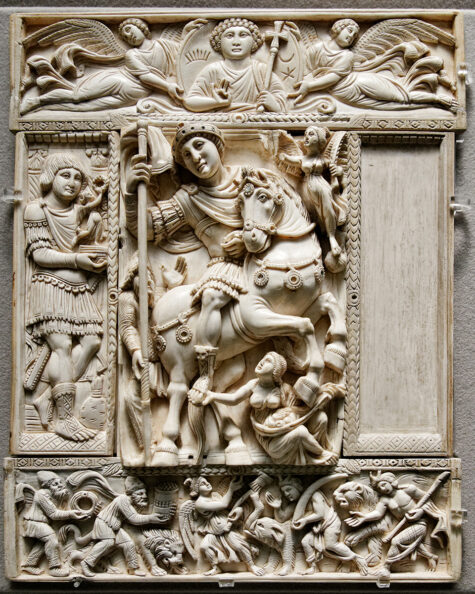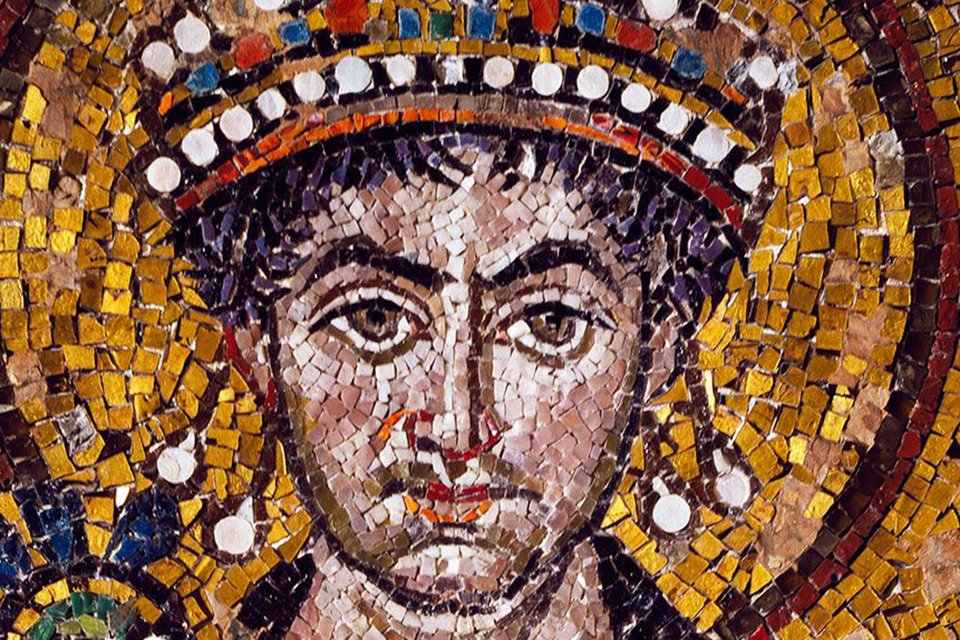One of the key concepts developed by the German sociologist, Max Weber, was the idea of charismatic leadership combining charm, interpersonal connection, and persuasiveness to motivate others. From this mould, he also crafted the idea of Charismatic Kings. Read his definition here
Charismatic Kingship
By Weber, Max.
From: Wirtschaft und Gesellschaft: Grundriss der verstehenden Soziologie. Mohr: Tübingen. 1922
Economy and Society. An Outline of Interpretive Sociology
By Max Weber. Engl. Translation ed bye Guenther Roth and Claus Wittich. California University Press 1968, p. 1141-43.

“A particularly important case of the charismatic legitimation of institutions is political charisma, as it appears with the rise of kingship.
Everywhere the king is primarily a warlord. Kingship originates in charismatic heroism. In the history of civilized peoples, kingship is not the oldest form of political domination, that is, a power transcending patriarchal authority and differing from it because it does not primarily direct the peaceful struggle of man with nature but the violent struggle of one community against another.
Kingship is preceded by all those charismatic forms that assure relief in the face of extraordinary external or internal distress or promise success in risky undertakings. In early history, the precursor of the king, the chieftain, often has a double function: He is the patriarch of the family or siblings but also the charismatic leader in hunt and war, the magician, rainmaker, medicine man—hence priest and doctor, and finally, the judge.
Frequently each of these kinds of charisma has a particular bearer. Next to the peacetime chieftain (the head of the kin), whose power originates in the household and has mainly economic functions, stands the hunting and war leader, who proves his heroism in successful raids undertaken for the sake of victory and booty.
Even in historical times, in Assyrian royal inscriptions, hunting booty and cedars from Lebanon—dragged along for construction purposes—are enumerated alongside the number of slain enemies and the size of walls of conquered cities covered with their skins. In such cases, charisma is acquired irrespective of its bearer’s position in the kin or household, indeed, of any rules. This dualism between charisma and everyday life is often found among the American Indians, for instance, among the Confederacy of the Iroquois, tribes in Africa, and elsewhere.
Wherever war and big game hunting do not occur, we do not find the charismatic chieftain or rather the “warlord,” as we want to call him, to avoid the usual confusion with the peacetime chieftain. If natural calamities—drought or epidemics—are frequent, a charismatic sorcerer may have an essentially similar power and become a “priestly ruler.”
The charisma of the warlord rises and falls with its efficacy and the demand for it; the warlord becomes a permanent figure when there is a chronic state of war. It is mainly a terminological question of whether kingship and the state are said to begin with the annexation and incorporation of foreign subjects into the community. For our purposes, using the term “state” in a much narrower way remains expedient. As a rule, the warlord phenomenon is not linked to tribal domination over another tribe and to the existence of individual slaves but only to a chronic state of war and a comprehensive military organization.
However, kingship frequently develops into a regular royal administration only when the military following controls the working or paying masses. But the subjection of foreign tribes is not a necessary intermediate step. The internal stratification resulting from the development of charismatic warriors into a ruling caste may have the same differentiating effect. At any rate, as soon as their domination has been established, the royal power and those with vested interests in it, the royal following, search for legitimacy, that is for the mark of the charismatically qualified ruler.”
READ MORE:
Charisma, Medieval and Modern
A special issue of Religions 2012
